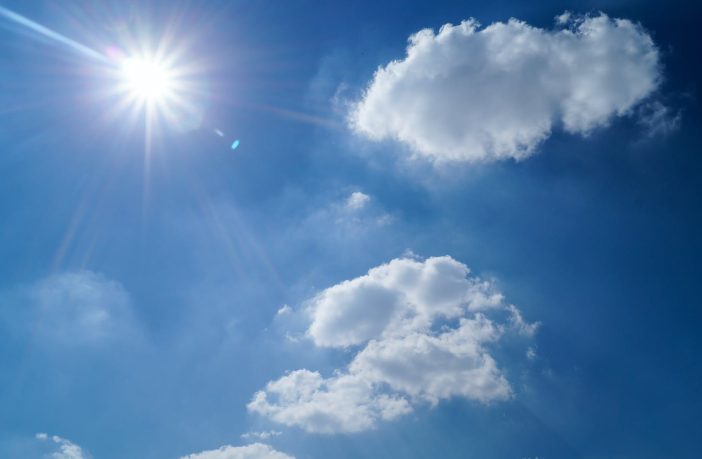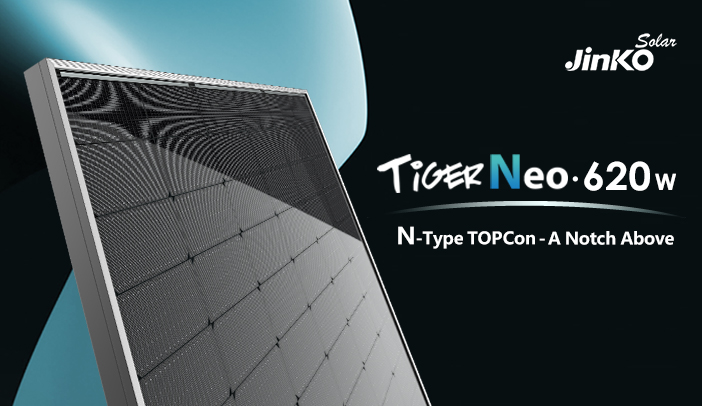- Last month JinkoSolar announced the launch of a new series of ultra-efficient Flagship Tiger Neo modules. Read more
- The New Tiger Neo adopts N-type TOPCon technology with further enhancements in performance, power, energy density, and reliability
- Photovoltaic panels are made of crystalline silicon, therefore, the higher the temperature, the lower the efficiency.
- This is an inherent property of silicon.
- So far, TOPCon has been one of the top technology in the coefficient cases.
In general, monocrystalline solar cells have a temperature coefficient of -0.4% -0.5%/ ℃. N-type TOPCon solar cells and modules have the lowest coefficient below -0.3 %/ ℃. This means that a PERC panel loses half of one percent of its power with each degree of temperature increase. N-type TOPCon panel represented as JinkoSolar’s Tiger Neo loses only 0.3% or less when temperature increases.
Take JinkoSolar’s Tiger Neo 610 W (STC) module for example. It has a better than average power loss of PERC’s -0.4%/ ℃, which is only -0.3% / ℃. Assuming the maximum output power of 610 W in the module installed on the desert sand heated to a temperature of 50 degrees Celsius. The power loss of a solar panel can be calculated as follows: 50 degrees C – 25 degrees C = 25 degrees C.
Therefore, panel power loss difference =25 ° C x (0.4%-0.3%) x 610 W = 15.25W.
In conclusion, the temperature coefficient is a parameter needed to calculate this power loss and it usually ranges between -0.3 and 0.5% / ° C. This means that each 10 ° C of excess results in a module power drop from 3% to 5%. This clearly shows that TOPCon technology with 0.3%/°C has less than 1/3 power losses compared to PERC solar modules from the temperature coefficient aspects.
It is a very important factor in investments in PV farms and photovoltaic power plants on a business scale, significantly affecting the profitability of investments and subsequent profits. Therefore, for large installations, it is worth choosing the TOPCon modules. However, in the case of very large installations operating at high temperatures, it is even necessary.
Author: Bryan Groenendaal
Source: JinkoSolar













